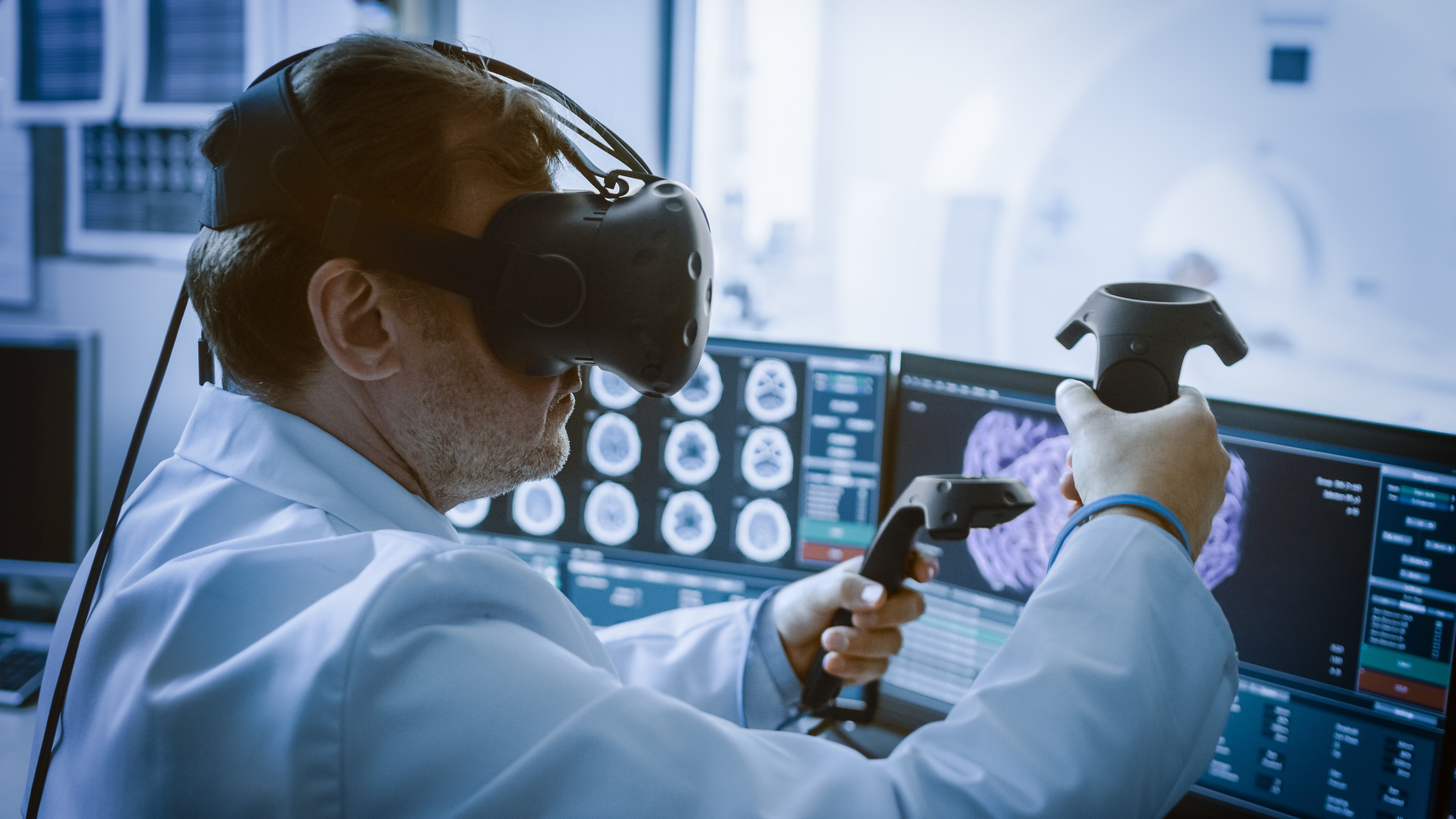Recommended For You
It’s often during the most challenging circumstances that businesses show their mettle. The pandemic will likely be remembered as one of the most difficult tests that Life Sciences manufacturers have had to face, yet the evidence of recent months suggests the sector has performed admirably. Not only were management teams quick to implement measures to maintain safe operations on the factory floors, such as social distancing and remote assistance, but many in our field were fast in adapting their production towards goods with urgent requirements, such as medicines and ventilators.
As lockdown measures across the continent begin to ease, manufacturers are now in a position to take stock of how their business has changed at a fundamental level. While digital transformation has likely been high on their list of priorities for several years now, manufacturers are looking beyond the current circumstances to consider how digitalisation can help them ensure resilient operations, protect their supply chain and improve the efficiency of their production going forward.
Thinking Holistically
During this turbulent time, technologies such as the Industrial Internet of Things (IIoT) and Augmented Reality (AR) have shown their value. IIoT connects people, products and processes to power digital transformation, enabling companies to connect, monitor, analyse and act on data in new ways. AR is a highly visual, interactive method of presenting relevant digital information in the context of the physical environment – connecting employees and improving business outcomes.
Unsurprisingly, both are in high demand as solutions for realising the productive benefits of digital transformation. The process of modernisation has previously been more difficult for Life Sciences companies, as the high compliance threshold and the cost impact of changes to equipment have meant the industry has often been resistant to change.
Recent months have, however, helped to accelerate the pace of change. While other industries have ground to a halt, sectors such as pharmaceuticals and medical devices have been central to the pandemic response, bringing an urgent need for companies in these areas to rethink the role of digitisation in their business model, and how technologies such as AR and IIoT can enhance their operations.
Such technologies, the sector has learned, aren’t mere bolt-ons to their current operations, but instead can help in facilitating a more connected business approach. The implementation of digital technologies needs to be embedded into a company’s overall strategy as investment in the technologies alone doesn’t guarantee that the organisation will experience the full potential of IIoT and AR. It’s therefore vitally important that they plan and design their implementation in accordance with their broader business operations.
If your business is looking more closely at how you can capitalise on digital capabilities, here are three dos and three don’ts to help make your implementation a success.
Do… think beyond your factory’s shop floor.
The true value of connected technologies isn’t simply what they can do to your own operations, but how they can enable an entire connected ecosystem. To experience the benefits of a connected platform therefore, you must be able to integrate with a broad range of stakeholders. Consider the wider network of plants within your organisation, as well as your partners, suppliers and logistics service providers and seek to implement your digital platform in such a way as to be part of a collaborative ecosystem. This is made easier by the technologies’ own unique features, including ease of practical adoption (such as via tablets, smartphones or AR headsets), availability of access across any location, and the ability to manage the devices as a separate layer to your existing operational equipment.
Do… define the specific capabilities you require.
Technologies such as AR and IIoT can be applied to a wide range of use cases. Common applications in Life Sciences manufacturing include the use of sensor-based data to track the efficiency and performance of production lines and the use of AR to share expertise between personnel in different locations.
The question you should ask is which specific functionalities would benefit your plant? Start by considering specific user requirements and work backwards to define the functional and technical specifications. This can best be achieved by using agile methodologies to prioritise and dynamically update the list of features to be included in applications. With this approach, the applications are continually tested and verified to ensure that they are in line with expectations and then leverage strategic pilots to scale solutions that aim to reshape the organisation. Once developed, the application features can be used to strengthen production processes and accelerate the digital transformation journey.
Do… refer back to the workplace culture to enable the changes to take effect.
It’s rarely the case that a digital transformation programme fails because the business chose one set of technology specifications over another. Rather, it’s almost always that the organisation’s culture wasn’t supportive of change. Implementing new technology capabilities is part of a bigger move to fundamentally change your organisation’s mindset and reorient how your organisation operates.
In assessing your organisation’s readiness for change, it’s worth becoming familiar with the Industrie 4.0 Maturity Index, which highlights four key areas for consideration: resources, culture, organisational structure and Information Systems. Each of these areas require their own strategy and approach, which must be finely balanced for a successful transformation.
Don’t… ignore the data.
The advantages of these technologies are that they are innately data-oriented. Adoption of digital technologies comes as part of a broader evolution into a data-driven organisation, where information is made accessible across the ecosystem. Think, for example, how production performance data might be useful both to the line manager seeking to boost efficiency, and to the engineers seeking to ensure the machinery is operating at optimal levels. Being set up to track, contextualise and monitor real-time data against pre-defined measurement criteria is essential to evidence the effectiveness of the digital transformation programme.
Don’t… let security become an afterthought.
Part of the challenge for Life Sciences companies in embracing digitisation is in the (often immense) value of their IP. Increasing digital adoption usually means broadening your potential attack surface; moving away from tightly-guarded on-premises data management towards a new world of cloud, remote working and Internet-enabled devices. While new risks undoubtedly emerge in this transition, they can be mitigated and controlled. Seek to instigate clear processes around handling, sharing and storing of data, in order to allow information to be made available across the enterprise and for new ways of working to be embraced.
Don’t… forget that technology is a means towards enhancing human capabilities.
In implementing transformation, it’s important not to misunderstand the role digital technologies play in a factory environment. They serve as tools that enable productivity, rather than productive assets in their own right. Before an IIoT platform can be overlaid on to existing infrastructure, the assets must be made ‘connection ready’. This means that they are adapted with sensors or other automation components, enabling solutions to be easily implemented on top. Making sure that those on the shop floor have the support they need to adopt these solutions in order to enhance their own productivity is a critical component of a successful digital strategy.
Adapting to Change
As the economy regains a sense of normality, it’s impossible to know what the months and years ahead have to hold for the Life Sciences industry. Manufacturers in the sector are in an important position, both in ensuring the continuity of their production amid challenging circumstances, and improving the efficiency of their operations to deliver on growing – and often unexpected – demands.
To navigate this uncertainty, it’s important to know both what you want to achieve on a technical level, and what value digitalisation can bring to your organisation. It’s therefore not about what technologies you want to implement, but what use cases will help you to be successful in times of rapid change.
In order to help take this more holistic, user-centric perspective, Rockwell Automation and PTC are working closely to support manufacturers in the sector to rise to the challenge and to reap the benefits of a more productive digital environment.
Published July 26, 2020


